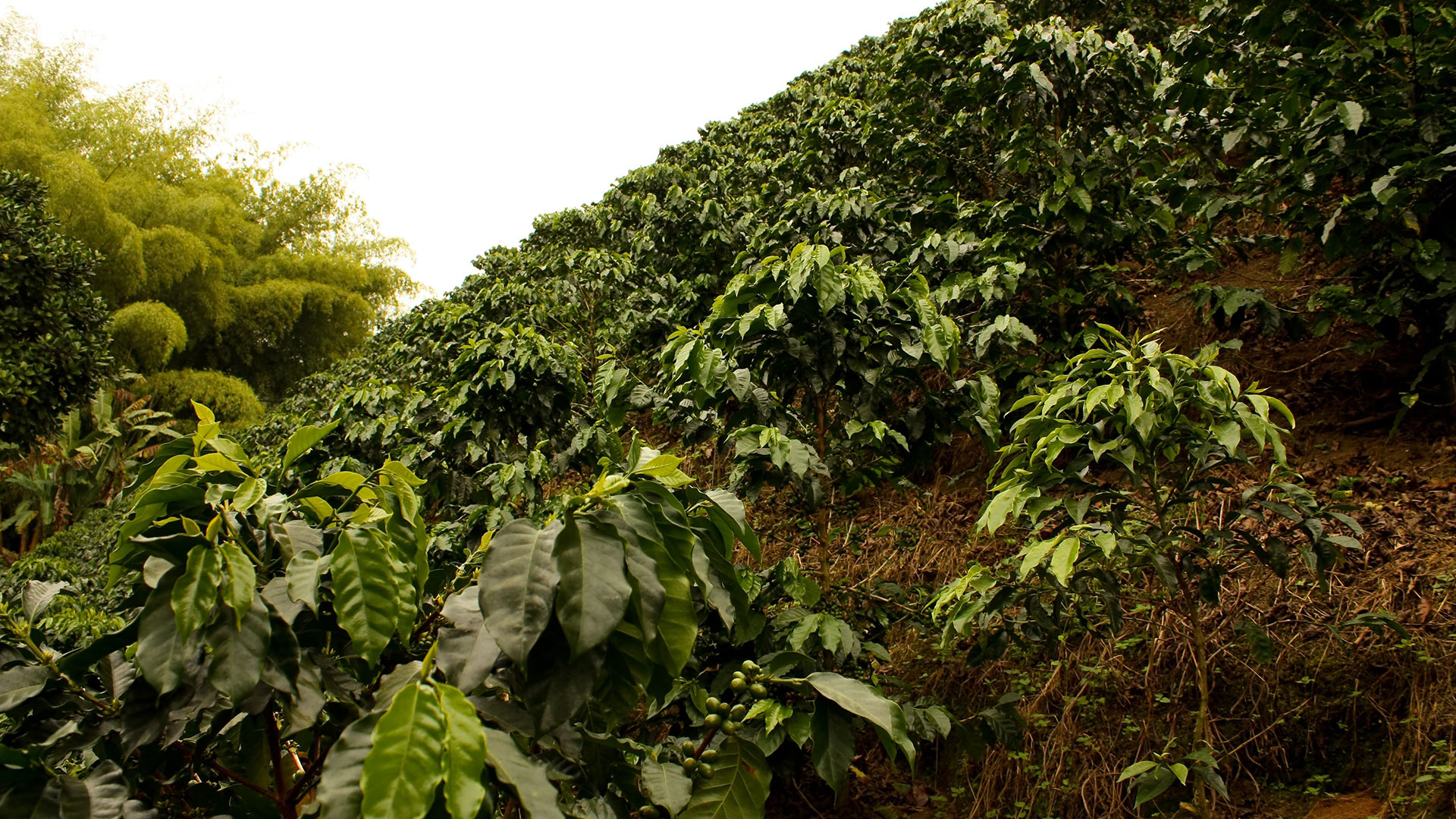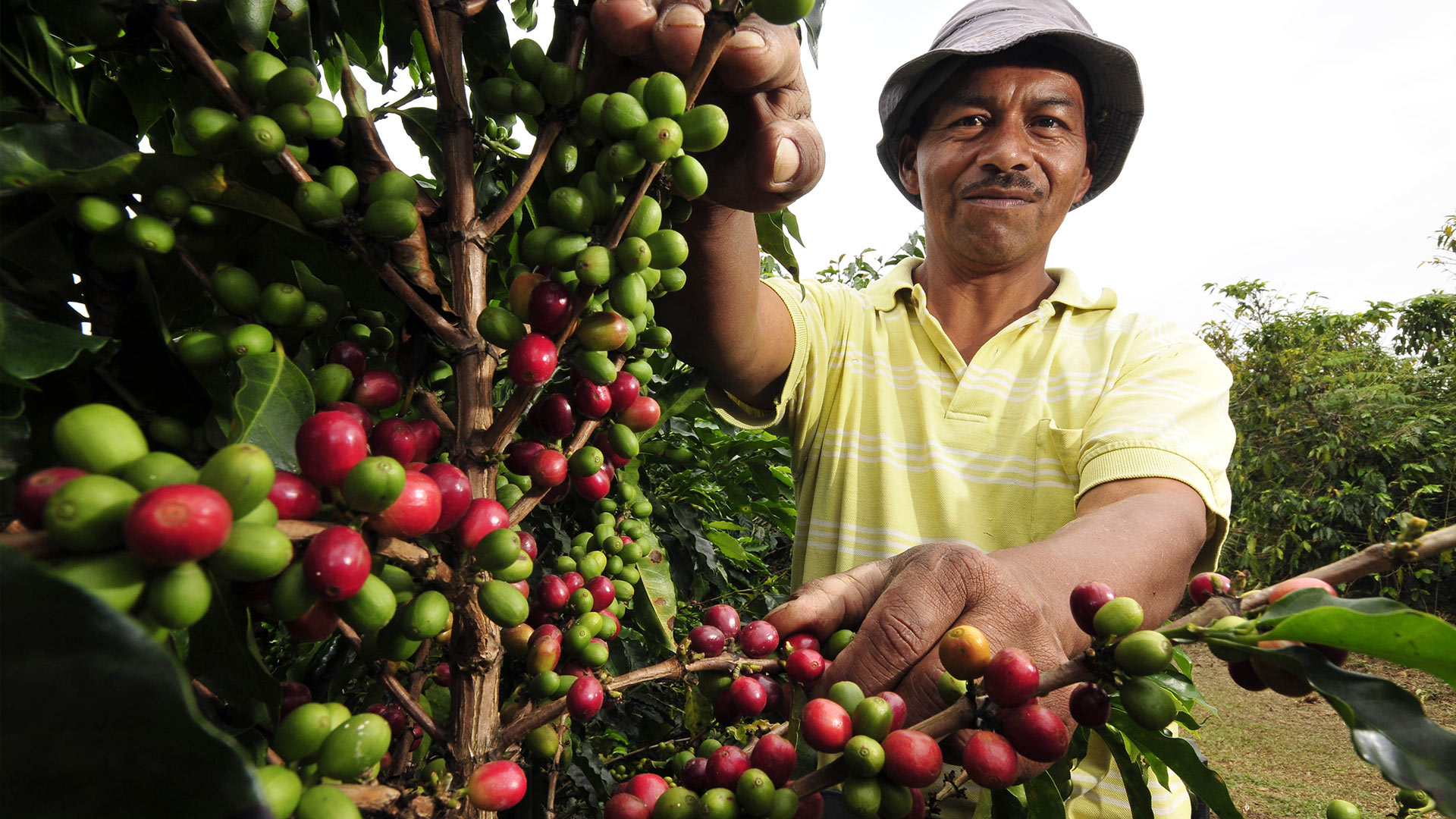Shopping Bag
0
- No products in the cart.


When talking about coffee, people are usually referring to the fruit from one particular species of tree: Coffea arabica . Arabica makes up most of the coffee produced each year, and it is grown in dozens of countries between the Tropic of Capricorn and the Tropic of Cancer. It isn’t the only species of coffee, however. In fact, over 120 different species have been identified to date but only one other is grown in any quantity and this is Coffea canephora , a plant we commonly refer to as Robusta.
Robusta is actually something of a brand name given to the species, chosen to highlight its attributes. It was discovered in the Belgian Congo (what is now Zaire) in the late-19th century and its commercial potential was clear. It was able to grow and fruit at lower altitudes than the existing Arabica plants, in higher temperatures, and was more resistant to disease. These attributes are what still drive much of the production of Robusta today, and because of the way it is grown it is substantially cheaper to produce. There is an inevitable downside, however: it doesn’t taste very good.
Some people will make a rather specious argument that a really well-produced Robusta coffee can taste better than a poor Arabica coffee and this may be true, but it does nothing to convince us that Robusta actually tastes good. It is generally difficult to ascribe particular tastes to coffees, but I think it would be fair to say that Robusta has a woody, burnt-rubber quality in the cup. It usually has very little acidity, but will have a heavy body and mouthfeel. There are, of course, grades of quality within Robusta, and it is possible to produce higher-quality Robustas.It has been a staple of the Italian espresso culture for many years, but currently most of the Robusta produced around the world ends up in large manufacturing plants destined to become the pariah of our industry: instant soluble around 40 per cent of the world’s coffee produced each year.
This percentage is somewhat variable, driven by fluctuations in price and demand. For example, an increase in the global price of coffee may result in more Robusta production, as large multinational coffee companies may need to find cheaper alternatives to Arabica. Interestingly, in the past when roasters have substituted Robusta coffees for Arabica in big commercial blends, there has been a downward trend in coffee consumption. This might be related to flavour, or it might be related to the fact that Robusta has about twice the caffeine content of Arabica. Either way, when big brands cut corners, consumers notice – or at least change their coffee-drinking habits.
Free Shipping On All Orders $200+ |
